Prof. Said Ahzi
| Hamad Bin Khalifa University (HBKU), Qatar
Qatar Energy and Environment Research Institute (QEERI) Materials Science and Engineering Group Acting Research Director & Professor |
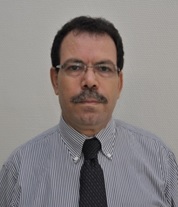 |
Dr. Said Ahzi joined QEERI at Qatar Foundation on August 2014. He comes from the University of Strasbourg where he held a position as a distinguished full Professor (Exceptional Class). Dr. Said Ahzi received his PhD (1987) and Habilitation (1995) degrees in Physics and Mechanics and of Materials, both from the University of Metz, France. In January 2000, he joined the University of Strasbourg – France, Faculty of Physics and Engineering, as full Professor. He holds an Adjunct Professor position with the School of Materials Science and Engineering at Georgia Institute of Technology (Georgia Tech.), Atlanta – USA. He also was an associate research member with TEMA laboratory at the University of Aveiro, Portugal where he collaborated with Professor Jose Gracio and his group.
From 1995 to 2000, he held the position of Professor (Assistant Professor then Associate Professor) at the Department of Mechanical Engineering at Clemson University, SC, USA. Prior to this, he spent four years as Research Scientists/Lecturer at the Department of Applied Mechanics and Engineering Sciences at UCSD (University of California at San Diego, CA, USA) and four years as Postdoctoral Research Associate at the Department of Mechanical Engineering at MIT (Massachusetts Institute of Technology, MA, USA).
Dr. Said Ahzi research interest include: Microstructure sensitive design of materials; Bridging microstructure, properties and processing; Development of multiscale and multiphysics approaches; Computational modeling of materials processing and manufacturing; Development of physically-based constitutive laws for thermo-mechanical and physical behavior of heterogeneous materials (metals, polymers, nanocomposites, …); and Thermal analysis of materials and structures. He advised about 25 PhDs, 24 Masters, was the scientific advisor (guarantor) for six Habitations and mentored several Postdoctors. He published more than 250 scientific papers in the areas of materials science and processing (H-index=31).
Title: On the Micromechanical Modeling of the Thermomechanical Behavior of Polymers and Polymer Composite/Nanocomposites
Abstract: In this presentation, we will address some of the new developments in the micromechanical modeling of the thermomechanical behavior of polymers and polymer composites as well as the effects of recycling of these materials. Different polymer matrices, unfilled or filled with different micro-fillers or nano-fillers, are considered. For this, we developed an approach that is valid for a wide range of loading rates, from quasi-static to dynamic loadings, as well as for a wide range of temperatures, from well below to above the glass transition
In a first part, we will address the thermomechanical behavior of recycled Polypropylene (PP) filled with ethylene octene copolymer (EOC) and talc. Because PP-based composites are usually used in the manufacturing of bumpers where high loading rates and wide range of temperatures are involved, a detailed study of high strain rate and temperature sensitivities of recycled PP-based composites is achieved. The dynamical properties are correlated with the morphology of the studied composites by using microscopy. The micromechanical modeling is used to predict the yield and the elastic behaviors of non-recycled and recycled materials with temperature and strain rate dependencies.
In the second part of this presentation, we will address the micromechanical modeling of polymer nanocomposites where microstructural and interfacial effects are accounted for. For the semi-crystalline matrices and for the composites, different homogenization techniques are used to compute the effective elastic and yield properties. In this, microstructural and interfacial effects are accounted for. These techniques are also used, as inverse methods, to predict the microstructure for a given macroscopic response. Our predicted results are compared to our experimentally measured ones.
Prof. Paulo A. F. Martins
| Instituto Superior Técnico, University of Lisbon, Portugal.
Department of Mechanical Engineering Manufacturing and Industrial Management Unit |
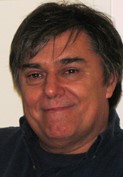 |
Paulo A. F. Martins is professor of manufacturing at Instituto Superior Técnico, University of Lisbon, Portugal. He received his PhD in mechanical engineering from Instituto Superior Técnico in 1991 and attained Habilitation in 1999 in recognition of his work in the numerical and experimental simulation of metal forming processes.
He was president of the scientific board at Instituto Superior Técnico from 2009 to 2012, visiting professor of the Technical University of Denmark in 1998-1999, 2007, 2013 and 2015, visiting professor of the University of Okayama (Japan) in 2007 and visiting professor of the Technical University of Dortmund (Germany) in 2007, 2013 and 2015.
His research interests include metal forming (main expertise) and metal cutting and he is co-author of 6 books, several national and international patents and more than 300 papers in international journals and conferences. He is associate member of CIRP, member of the standing advisory board of ICTP and collaborates as member of the editorial board and reviewer of several international journals.
He was awarded with the A M Strickland prize by the Manufacturing Division of the Institution of Mechanical Engineers (UK) in 2005, the Donald Julius Groen prize by the Structural Technology and Materials Group of the Institution of Mechanical Engineers (UK) in 2008, the Outstanding Paper Award of the Emerald Literati Network Awards for Excellence in 2010, the Honorable Mention in Mechanical Engineering by the Technical University of Lisbon in 2012, the Thomas Hawksley Gold Medal by the Institution of Mechanical Engineers (UK) in 2014 and the Thatcher Bros Prize by the Manufacturing Industries Division of the Institution of Mechanical Engineers (UK) in 2014.
Title: Mechanical characterization of materials for sheet-bulk metal forming processes
(in collaboration with P. Sieczkarek, S. Wernicke, A.E. Tekkaya, Institute of Forming Technology and Lightweight Construction, TU Dortmund University, Germany and Silva C.M.A, IDMEC, Instituto Superior Técnico, Universidade de Lisboa)
Abstract: This paper presents a new experimental methodology for determining the stress-strain curve, the fracture toughness and the critical instability strength of plates and sheets to be used in sheet-bulk metal forming (SBMF) applications. The stress-strain curve and fracture toughness are obtained from double-notched test specimens loaded in shear and the material flow behaviour is compared against that obtained from conventional tensile tests. The critical instability strength is obtained from rectangular test specimens loaded in compression by means of a combined experimental and theoretical procedure that makes use of the analytical solution for the elasto-plastic stability of plates subjected to equal uniform compression on two opposite edges. The work is performed in aluminium EN AW 1050 and steel DC04 sheets with 3 mm thickness and the proposed experimental methodology proves adequate to the mechanical characterization of materials under the high levels of strain that are commonly found in SBMF processes.
Prof. Catalin Picu
| Rensselaer Polytechnic Institute, USA
Department of Mechanical, Aerospace and Nuclear Engineering |
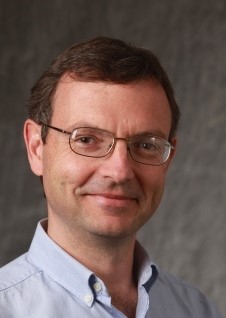 |
Professor Picu received his PhD degree from Dartmouth College and spent few years as Research Associate at Brown University. He joined the Department of Mechanical, Aerospace and Nuclear Engineering at Rensselaer Polytechnic Institute, Troy, NY in 1998, where he is now Professor and Associate Head. He is the author or co-author of two books, multiple book chapters and 150 peer reviewed journal articles. His research focuses on mechanics of materials, and in particular, on understanding the macroscopic material behavior based on physics taking place on multiple scales. He is a fellow of ASME.
Title: Physical Basis of Strain Rate Sensitivity in Metallic Solid Solution Alloys
Abstract: Plastic deformation of metallic alloys is described on continuum scales by constitutive laws that depend, at a minimum, on strain, strain rate and temperature. The dependence on the last two parameters emerges from an essential feature of plastic deformation which is the fact that the evolution of dislocation structures under stress is thermally activated. In solid solutions, the interaction of dislocations and solute atoms produces additional effects that influence both the flow stress and the strain rate sensitivity. Solute may have low or high mobility and may form transient clusters that evolve with the plastic strain. The importance of a proper understanding of these physical phenomena as well as the need to account for them when developing constitutive equations for plasticity emerge from the observation that the stability of plastic deformation and hence formability are controlled by the strain hardening rate and the strain rate sensitivity of the material.
In this talk I will review several mechanisms controlling the instantaneous and transient components of the strain rate sensitivity in metallic alloys with mobile solute (e.g. Al alloys of the 5000 class) and with precipitates (e.g. Al alloys of the 6000 class). Special attention will be devoted to solute clusters as they play an important role in rendering negative the strain rate sensitivity of alloys with mobile solute and no precipitates. Ways to capture these mechanisms in constitutive equations will be outlined. The effectiveness of using severe plastic deformation to increase the strain rate sensitivity of sheet metal for improved formability will be discussed in closure.
Dr. Edgar Rauch
| University Grenoble Alpes, France
Materials and Processes Science and Engineering Laboratory – SIMAP |
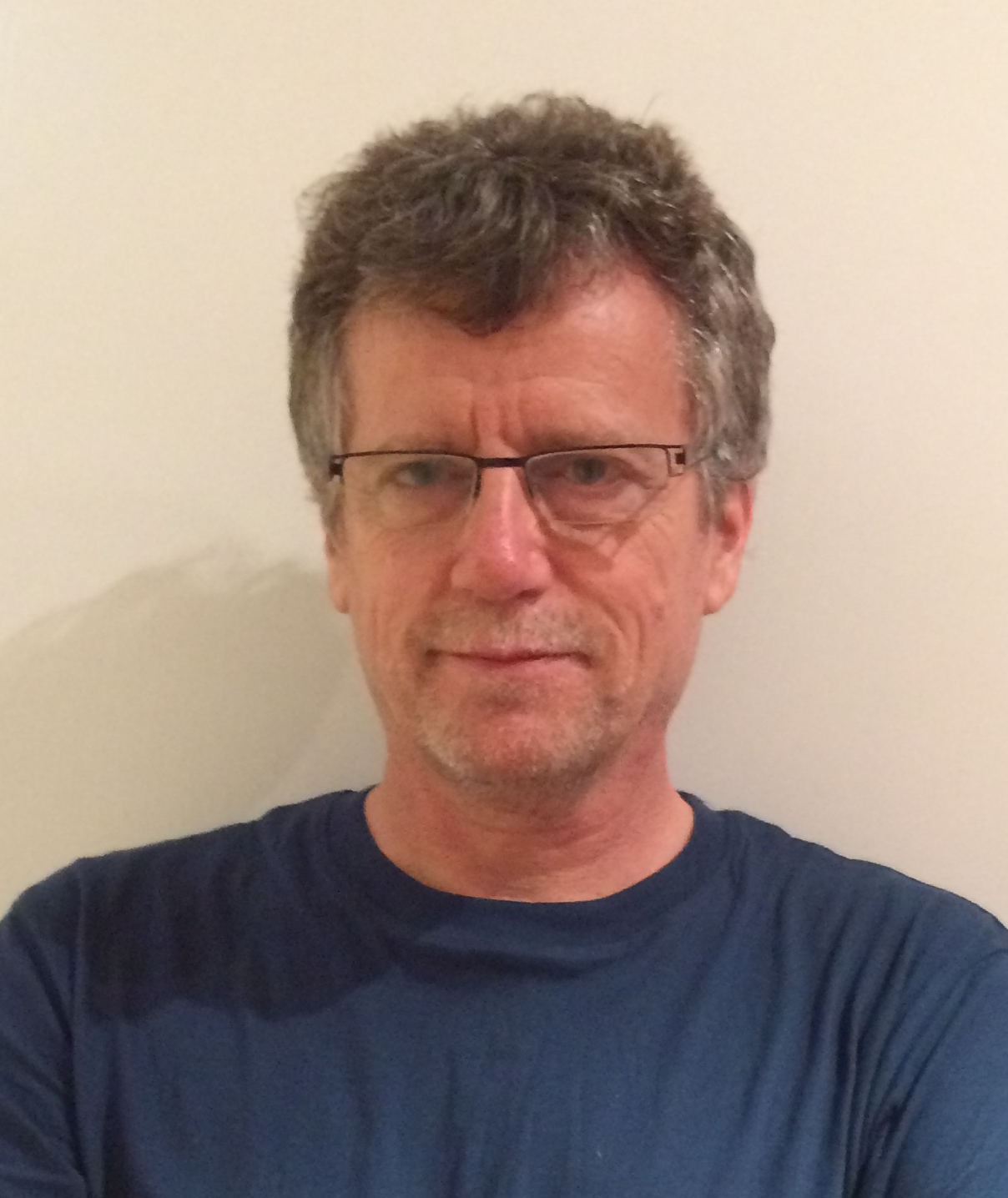 |
Edgar F. Rauch received his MSc and PhD in 1983 from McGill University, Montreal, Canada and the National Polytechnic Institute of Lorraine, France. Then he joined the Grenoble Institute of Technology as a Research Director employed by the National Scientific Research Center (CNRS). His research activity concerns metal forming processes and characterization of the resulting substructures through transmission electron microscopy.
Title: Intragranular structure evolution and mechanical behavior of metals in cold forming
Abstract: The formability of materials being intimately related to the physical processes involved during their deformation, it is essential to understand and describe properly these basic mechanisms if it is attempted to optimize the forming conditions. In particular, when numerical simulations are used to predict the mechanical behavior of the worked piece, only physically based flow laws are inherently able to extend the predictions beyond the range of thermo-mechanical parameters used to characterize the material.
For metals and alloys, cold work mainly involves dislocation movements that lead to lattice rotations and to strong interactions with obstacles. Therefore, not only the textural but also the structural evolutions must be considered to retrieve stress levels, strain hardening and flow localization. Apart from the Taylor factor and the dislocation density, refined features like the substructure size, the dislocation pattern shape and cell misorientations are frequently involved in the plastic flow laws to account for the mechanical properties. The abilities of the resulting constitutive equations to replicate reality is balanced by their time consuming complexities. With such limitation in mind, it appears essential to ascertain through dedicated structural characterization, mainly TEM observations, that the selected features are meaningful.
To probe the importance of structural features, complex loading conditions, that are frequent in forming processes like deep drawing, are importance source of information. They constitute natural validation tests for theoretical formulations of the mechanical behavior. In particular the transient hardening related to an abrupt change of strain path is a direct signal related to re-adaptation of the intragranular cell structure.
Besides, crystallographic rotations increases with strains and eventually transforms cells in grains. These rotation may now be inferred with a dedicated TEM tool that automatically analyses the electron diffraction patterns.
In this presentation, it is proposed to review these structural observations and their mechanical counterparts for largely deformed steels.
Prof. Jean-Hubert Schmitt
|
University: University Paris Saclay, France Unit: CentraleSupélec |
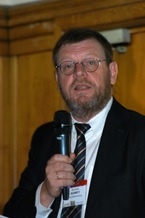 |
Jean-Hubert Schmitt is Full Professor at CentraleSupélec, one of the major French Engineering School, part of University Paris Saclay. Graduated from Ecole des Mines, he got his PhD in Materials Science at the Institut National Polytechnique de Lorraine. After being research associate at the CNRS for 10 years, Jean-Hubert Schmitt held various positions as scientist expert and general manager of the Metallurgy and Mechanics Research Department at IRSID, the research center for the French steel industry, now part of ArcelorMittal. In 2003, he joined Ecole Centrale Paris to be the Dean of Research and the Director of the Doctoral Study Department until 2012.
His research is mainly concerned with the study of plasticity mechanisms in metallic alloys. Working mainly on steel, copper, and aluminum alloys, he investigated the relationships between the dislocation substructures and the loading conditions, particularly sequential loadings. The more recent applications concern the behavior of drawn pearlitic wires. He is now mainly involved in the study of dynamic recrystallization in nickel superalloys, developing metallurgical characterizations and numerical simulations to couple deformation and recrystallization models. He is also working on modeling of interaction between ultrasonic waves and polycrystalline microstructure which could give rise to in situ measurements of dynamic recrystallization. Part of this work is performed jointly with the Center for Metallurgical Process Engineering at the University of British Columbia where he spent 6 months as a visiting scientist in 2012. Since 2014, he is also Associate Professor at the University of Science and Technology Beijing.
Title: Plastic behavior and fracture of heavily drawn pearlitic wires
(in collaboration with Aurélie Jamoneau, CentraleSupélec, and Dr. Denis Solas, Paris-Sud University)
Abstract: Pearlitic wires are heavily drawn to increase their mechanical resistance. It induces an important crystalline and morphological anisotropy. This strongly influences the material behavior during subsequent loadings. Usually subsequent mechanical properties of drawn wires are studied by tension differing not so much from drawing. The maximum tensile stress increases with the amount of prestrain, and it results mainly from the internal stresses after wiring. Complementarily, torsion tests after drawing show that specific damage mechanisms develop linked to the microstructure morphological texture.
In a first step, the microstructure and mechanical state are studied and quantified after drawing. SEM and TEM observations are performed in the wire section and along the drawing axis. Crystallographic textures are measured by XRD at the wire surface and at different radius to investigate their evolutions through the wire section. In a similar way, internal stresses are also evaluated by X-ray diffraction. These results are used to validate the Finite Element calculations which allow estimating the stress and strain states within the wire section after drawing.
Sequential stress loadings are then applied to drawn wires. They are mainly combinations of torsion and tension after high drawing reductions. Critical crack length leading to delamination fracture is experimentally determined. The respective role of internal stresses, crystallographic orientation, and crack propagation on the wire fracture are deduced from experiments and numerical simulations.
It leads to quantitative prediction of the rupture mechanisms as a function of the drawing amount and of the mechanical behavior of the wires.